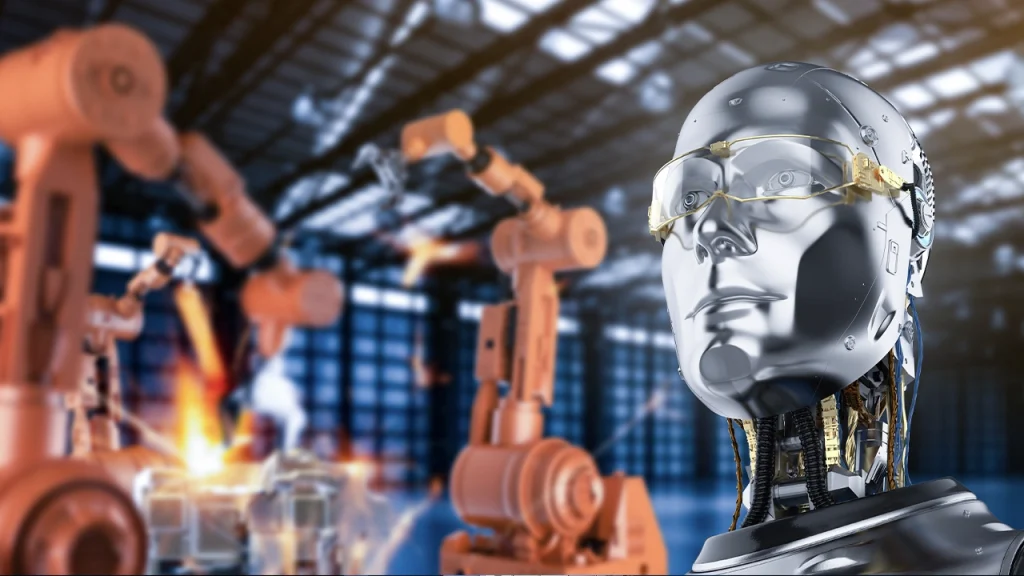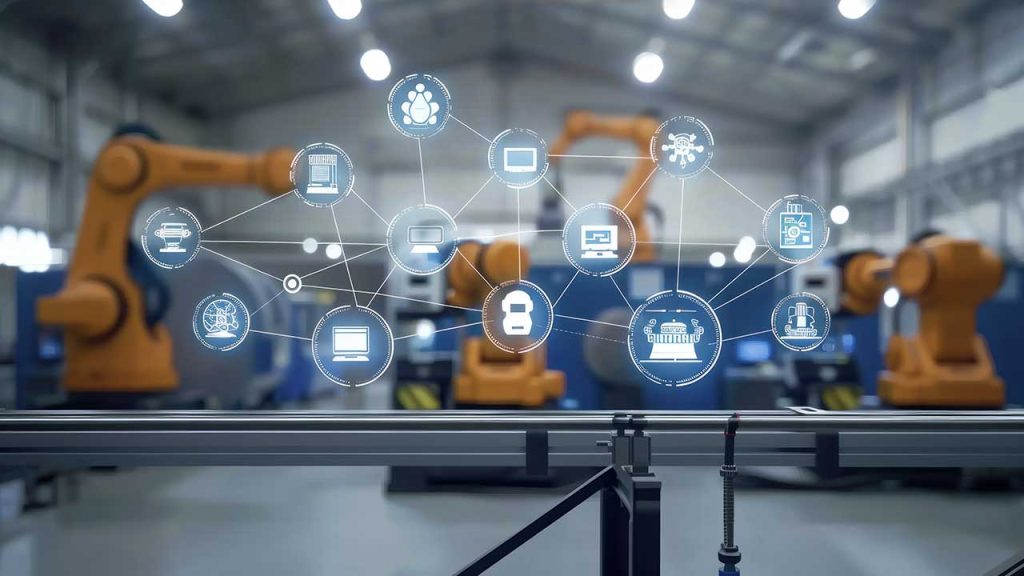Agentic AI in manufacturing does not need to begin with a moonshot
Walk any production line and you’ll see the same truth: decisions live on the human–machine interfaces (HMIs) that operators watch all day. If you want agentic AI to help now—not after a multiyear overhaul—start there. Let the assistant read what your people already read: HMIs and SCADA views, historian trends, shift notes, test logs, and SOPs. Modern models can turn those semi-structured artifacts into guidance that an operator can use in the moment.
Start in advisory mode, earn trust fast
You don’t have to change control logic to get value. Keep set-point authority with PLCs and existing interlocks. Let the agent recommend, not act. Require human approval, and make every suggestion verifiable with citations (screenshots, log snippets, SOP step numbers). That transparency is what quality, safety, and compliance teams expect—and what operators need to trust that the assistant adds real value.
What “starting at the HMI” looks like
- Alarm triage that’s usable: the agent groups noisy alarms into a single event, flags the two most probable root causes, and points to the supporting HMI trends and past fixes.
- Root-cause briefs, ready for sign-off: it pulls evidence from reports, shift logs, and dashboards to draft a concise “what happened / why / what next” summary for supervisor approval.
- Guided checks that learn: it turns SOPs into interactive checklists, logs what’s been tried, and adapts steps based on the current context and product.
- Work orders that don’t start blank: when action is needed, the agent pre-fills a CMMS ticket with part numbers, photos, trends, and the recommended fix path.
Expand context without disrupting tools
Once the assistant proves helpful at the screens, widen its read access to MES, quality systems, and inventory—so recommendations factor in schedules, specs, and parts on hand. Keep responsibilities clear: MES, CMMS, and SCADA continue doing their jobs; the agent reads state, assembles evidence, proposes next steps, and—where allowed—opens tickets for well-understood, low-risk events. Safety-critical actions stay human-approved.
Guardrails that let you move fast—and safely
- Advisory first; narrow autonomy later. Promote a recommendation to auto-action only after it hits accuracy thresholds across shifts, products, and seasons.
- Audit everything. Capture prompts, inputs, outputs, approvals, and who did what—so decisions are explainable during audits.
- Human-in-the-loop by design. Make it easy for operators to accept, edit, or reject a suggestion and feed that back for continuous improvement.
As Andrew Scheuermann puts it:
“You’re not taking away work: you’re automating what people wish they had time to do.”
Why this pathway pays off
Plants see impact in the metrics that matter: faster alarm response, higher first-time-fix rate, lower MTTR, cleaner shift handoffs, and fewer engineer hours lost to “data chasing.” Crucially, no one is asked to abandon familiar tools. The assistant meets people where they work—on the screens they already trust.
Standardize as you scale, not before
You’ll move even faster as you introduce a handful of common signals (state, speed, scrap, energy) that look the same across lines and sites. But you don’t have to wait for complete uniformity. Starting at the HMI delivers quick wins now while creating the evidence and momentum to standardize what matters next.
Source: “Agentic AI & Integrated Data Workflows: Extracting Value from Existing Manufacturing Systems” (AI Frontiers 2025), sponsored by Arch Systems and Litmus.
Related articles:



